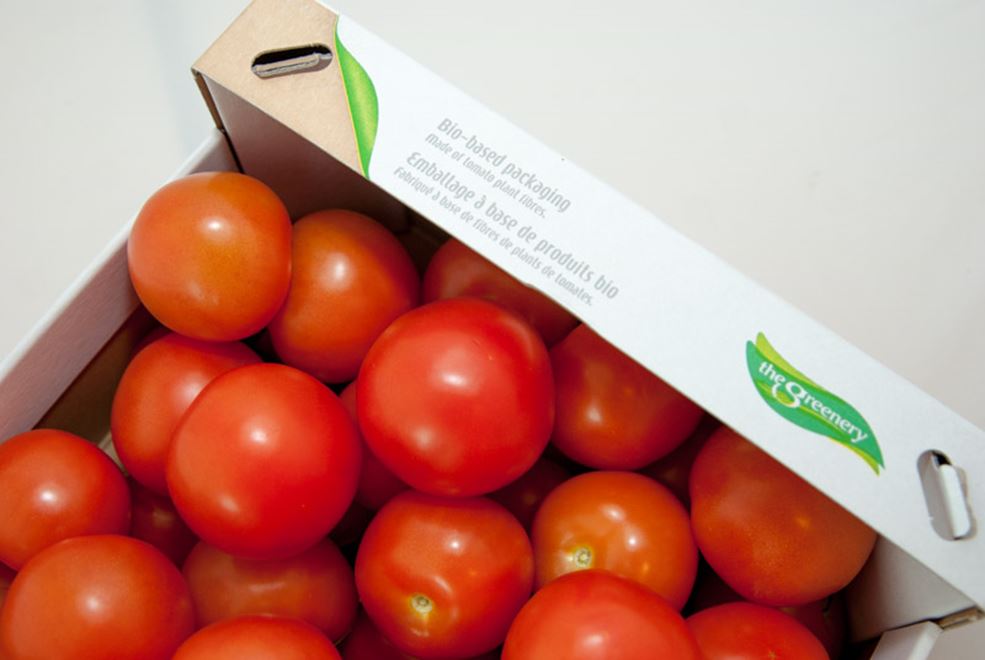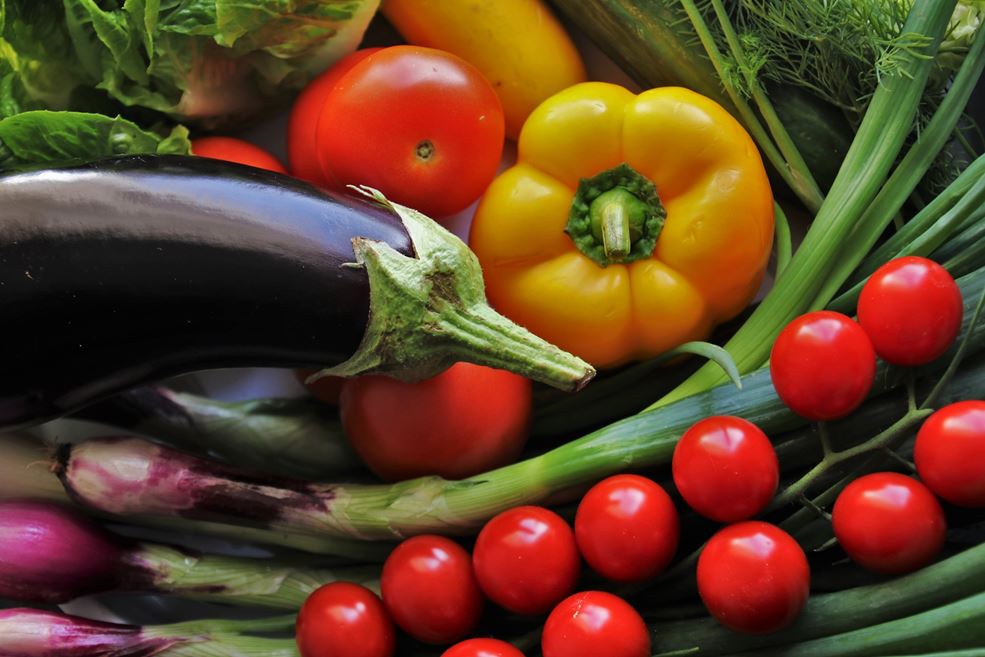Our economy is ready for renewal. Raw materials are running out, waste mountains are growing, and fossil sources still dominate the production of materials and energy. The solution? Smarter use of what nature offers us.
Welcome to the BioBoost Platform: the platform for everyone who works on a future in which plant-based residual flows and new crops form the basis of high-quality, circular products. From bio-packaging to building materials, from natural coatings to functional fibers: it all starts with plant-based innovation. What started in greenhouse horticulture is now growing: projects from fruit growing and arable farming also find their place on this platform.

Tomato stems utilised in the production of a cardboard box in which the tomatoes are packed.
We bring people, knowledge and ideas together to accelerate the biobased circular economy. Our platform is a central place where:
🌿 Residual flows get a second life
Plant residual flows from agriculture, horticulture and the food industry contain a surprising amount of value. Think of fibres, dyes, oils or active substances for new applications. You can find examples here.
🌱 Creating opportunities for new crops
Innovative crops such as miscanthus, jack bean, sorghum, fibre hemp or seaweed offer sustainable alternatives to fossil or synthetic raw materials. BioBoost supports research, scaling up and market application by giving initiatives and research a platform.
🔬 Research and entrepreneurship come together
From laboratory to market: we connect researchers, designers, start-ups and established companies that together create value from plants. Find the contact details of the initiators.
On this interactive platform you can:
🔍 Get inspired by successful projects and current innovations
📚 Find information about research, crops, technologies and applications
🤝 Find experts, entrepreneurs and researchers
📢 Increase the visibility of your project, initiative or document
🚀 Accelerate new ideas by collaborating with partners who share your mission
For everyone who is looking for information about and wants to contribute to a sustainable future:
The transition to a plant-based, circular economy requires collaboration, courage and imagination.
➡️ Discover projects and initiatives
➡️ Find information in documents
➡️ View media fragments

Besides fruit and vegetables also coproducts (residuals) like stems and leaves are produced but they are hardly used.